
the
JOURNAL
AN ARCHIVE OF love stories
Being invited into the the lives of extraordinary people is an incredible privilege. The stories I adorn through my imagery capture the true essence of the human spirit and the art of being in love.
Part 2 – POC Skin Tones from the Makeup Artists Perspective
My recent TEST SHOOT sparked a really great conversation in my wedding community.
POC, skin tones, and overexposing.
As a “light and airy” film photographer, my signature style is a brighter, low contrast image. I achieve this look by overexposing the film a stop to achieve that ethereal look. However, I am very careful with overexposing, as I want skin tones to render true! This is especially true for clients that are POC, and for my bi-racial couples that have extremely different skin tones. There is a fine line between “light and airy” and overexposing the image so much that it lightens the subjects skin tone several shades. Correct metering is KEY for not only capturing true skin tones, but floral tones as well.
I had a handful of make-up artists reach out me and share their struggle with this, and their input was invaluable to me. I thought it was important to keep the conversation going, and be mindful of these issues when shooting and editing. The work we put out into the world has a great impact, not only for our clients, but for every viewer. I want my clients to see a true, elevated version of themselves!
Below, guest writer Cassandra Kennedy, (Makeup Artist) shared her thoughts and wisdom!
I’m a beauty artist who LOVES film and is obsessed with learning about how makeup, hair and skin tones render on film. Over the years I have come to better understand the things that are in my control (product choice, technique, etc.) and the things that aren’t (camera and lab settings, film choice, etc.). My favorite photographers – and I know I speak for many artists and clients – are the ones that have found that magic nexus that delivers the light ethereal quality we all love while somehow accurately capturing the true colors of the skin, makeup, hair, floral and more. Definitely take a picture or two with your phone or digital camera for reference that is clearly accurate to how the client looks in real life and use that as a reference when you edit. Here are my top two pieces of advice for photographers:
1. SOFTEN BUT DON’T LIGHTEN. We all know film softens the look of what is being photographed. We love that! I know that rose blush on the cheeks will render a softer rose on film. I don’t want it to be a paler rose that is more like a light pink- that’s not the color we chose. The most inclusive brands of makeup have around 50 shades to match most of the global skin tones. Generally speaking these get categorized into Light, Medium and Deep shades. Our job as makeup artists is to match that unique tone and photographers must try their best to do so as well. I find that once in a while film photography causes a client’s skin tone to render several shades lighter than it really is. This can lead to some uncomfortable issues like the client looking racially different or just not like themselves. Do the scans make your Pacific Islander client look white? Does your Black client still have that deep skin tone that you shot on the iphone? Does your white client look ghostly?
2. BEWARE OF THE WARM UP.
Just like lightening changes color, warming things up in post does too. When photographers are zeroing in on skin tones and warming them up, they’ve just warmed up the makeup and the hair highlights that the bride spent hours and hours getting just perfect. The pink lip is now coral, the red lip looks brown, the mauve eyeshadow she obsessed over looks more like copper now. I once had a bride cancel her contract with a VERY famous film photographer after the engagement shoot because they made her hair look “too brassy”. True story! I saw the photos and they were beautiful but it was a definite case of THE WARM UP.
Remember that the clients have spent many hours choosing the colors of everything you are photographing and accurate tones will help with their satisfaction. I don’t know HOW this is achieved with film, I only know that it CAN be achieved because I’ve seen it with my own work. I think it’s wonderful that the film community is sharing information because collectively there is so much expertise!


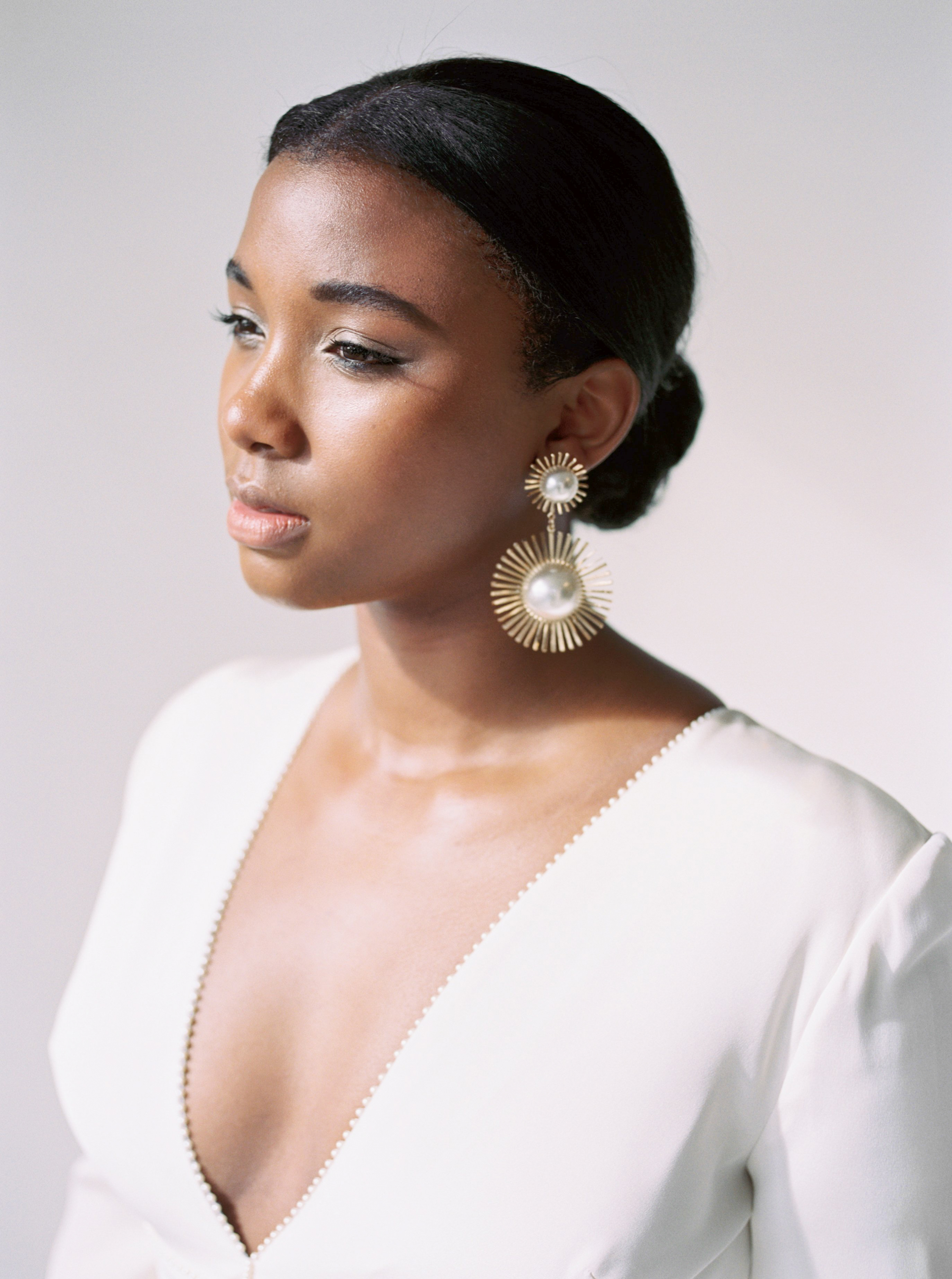

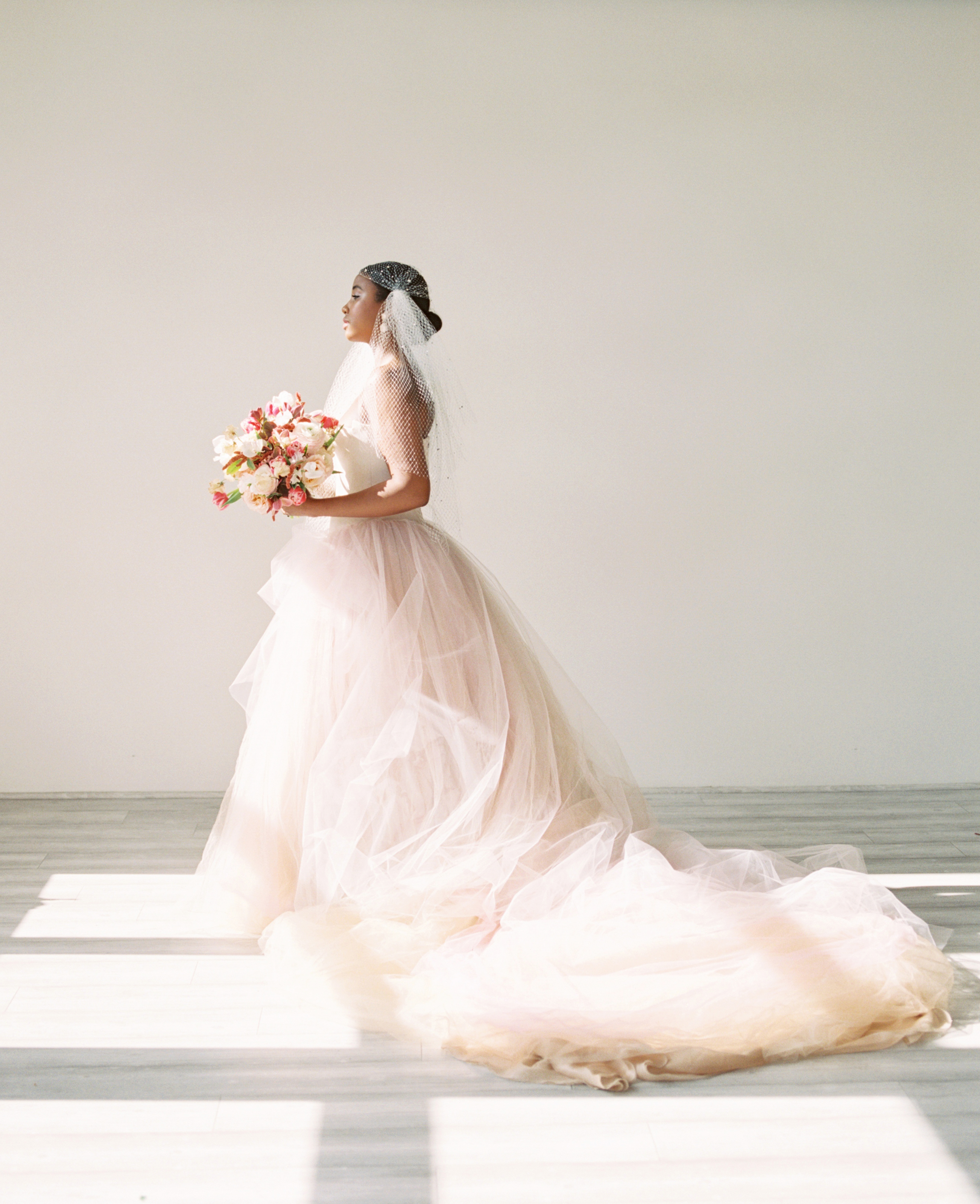
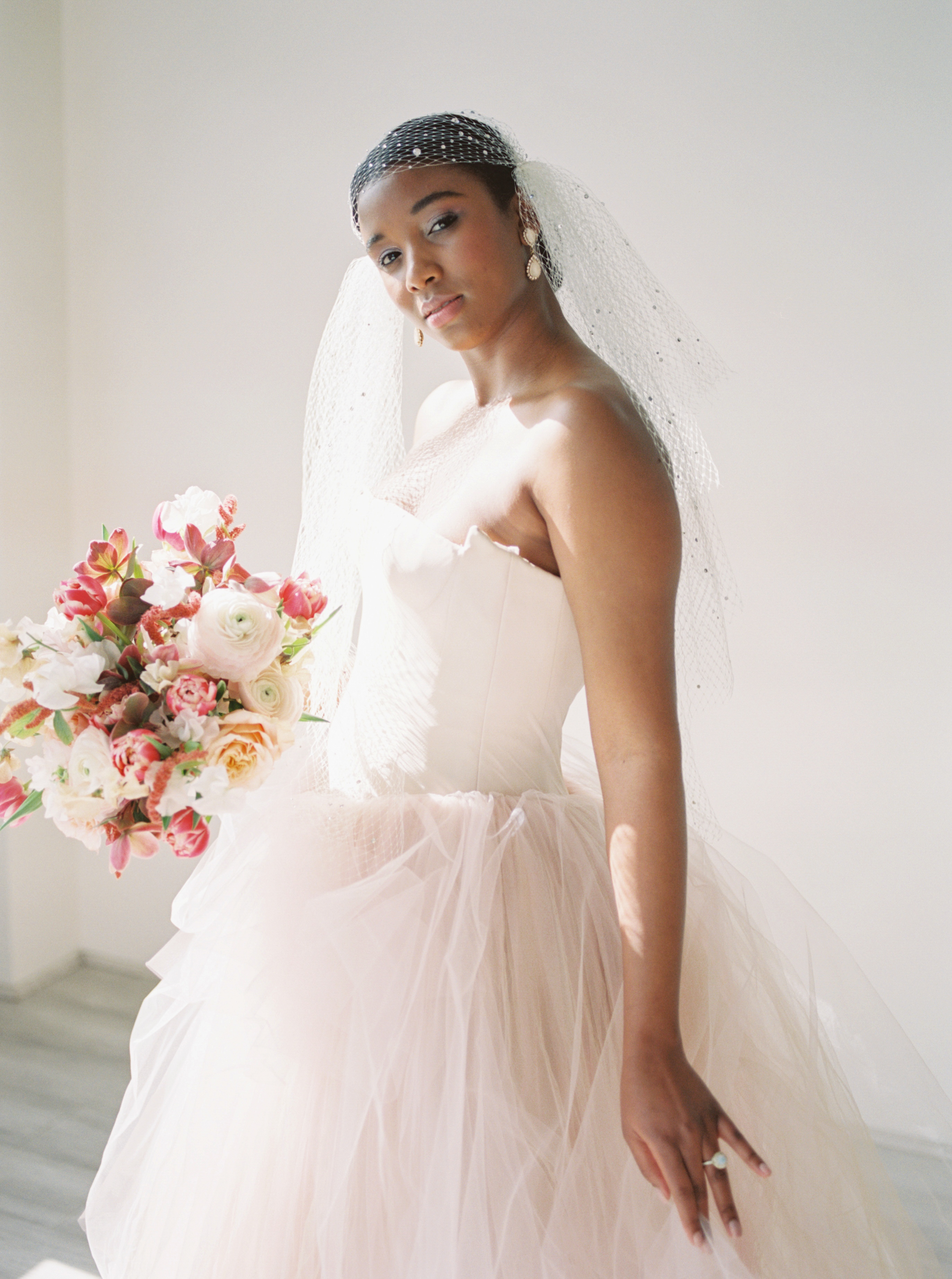
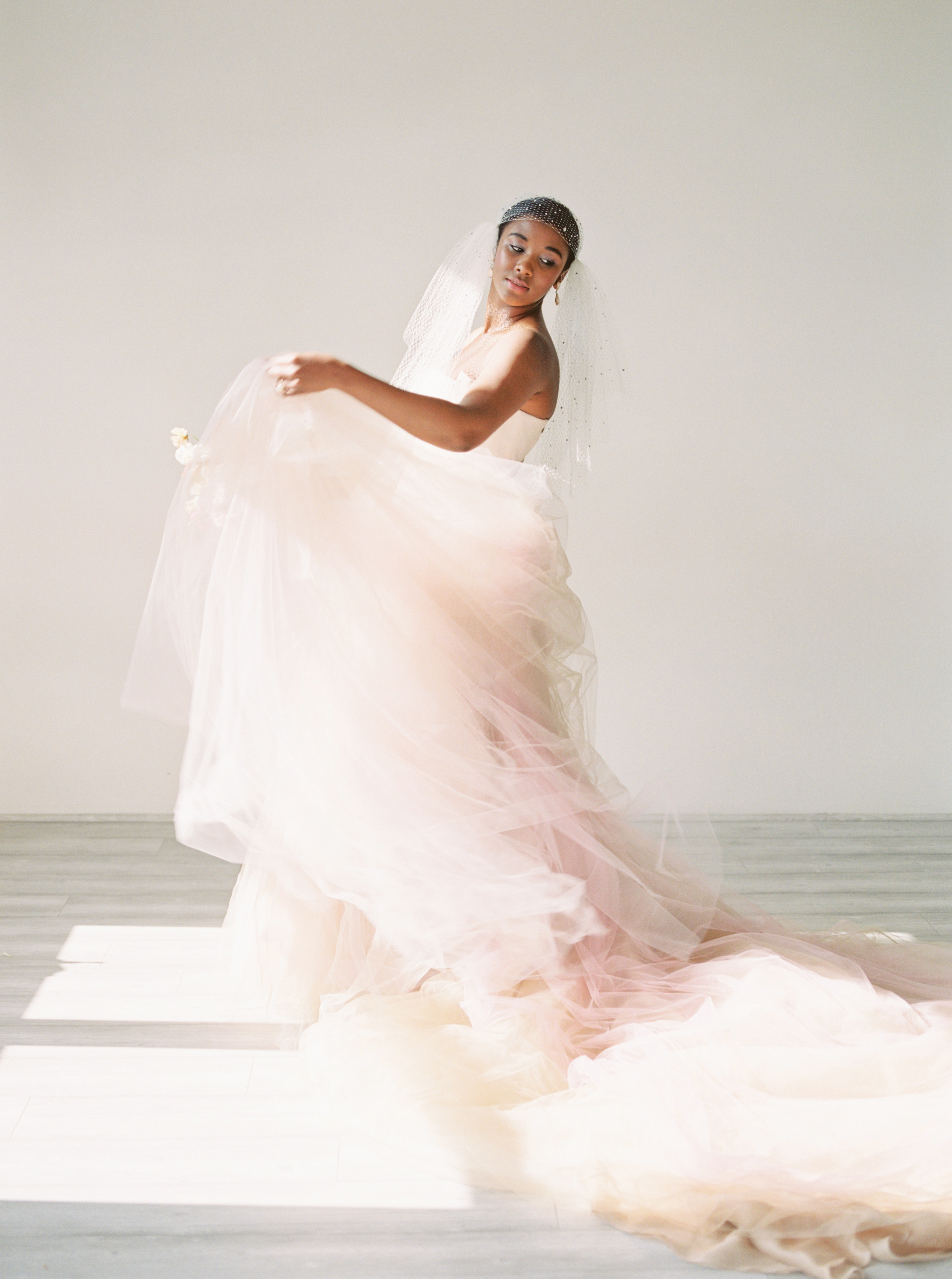



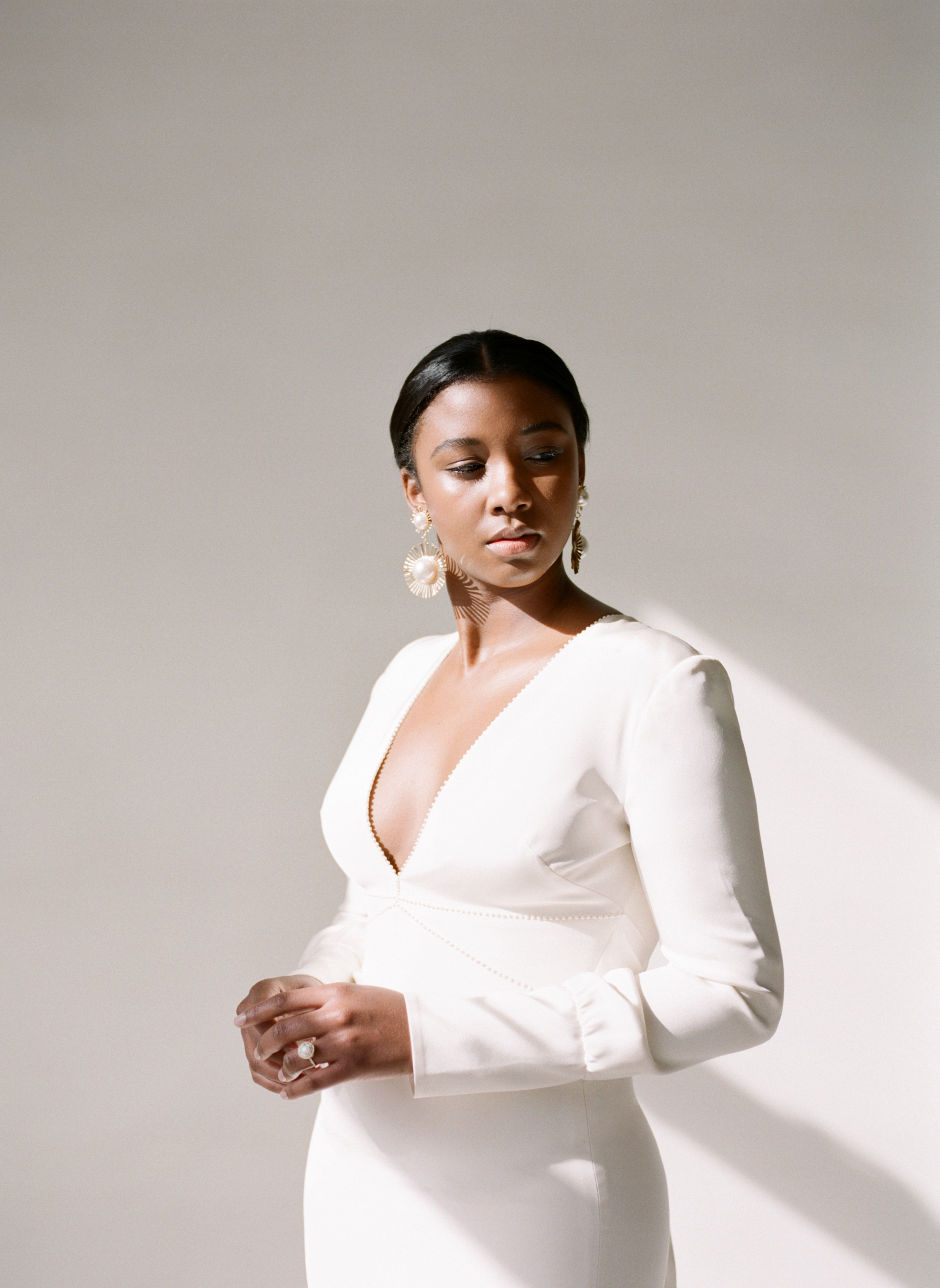
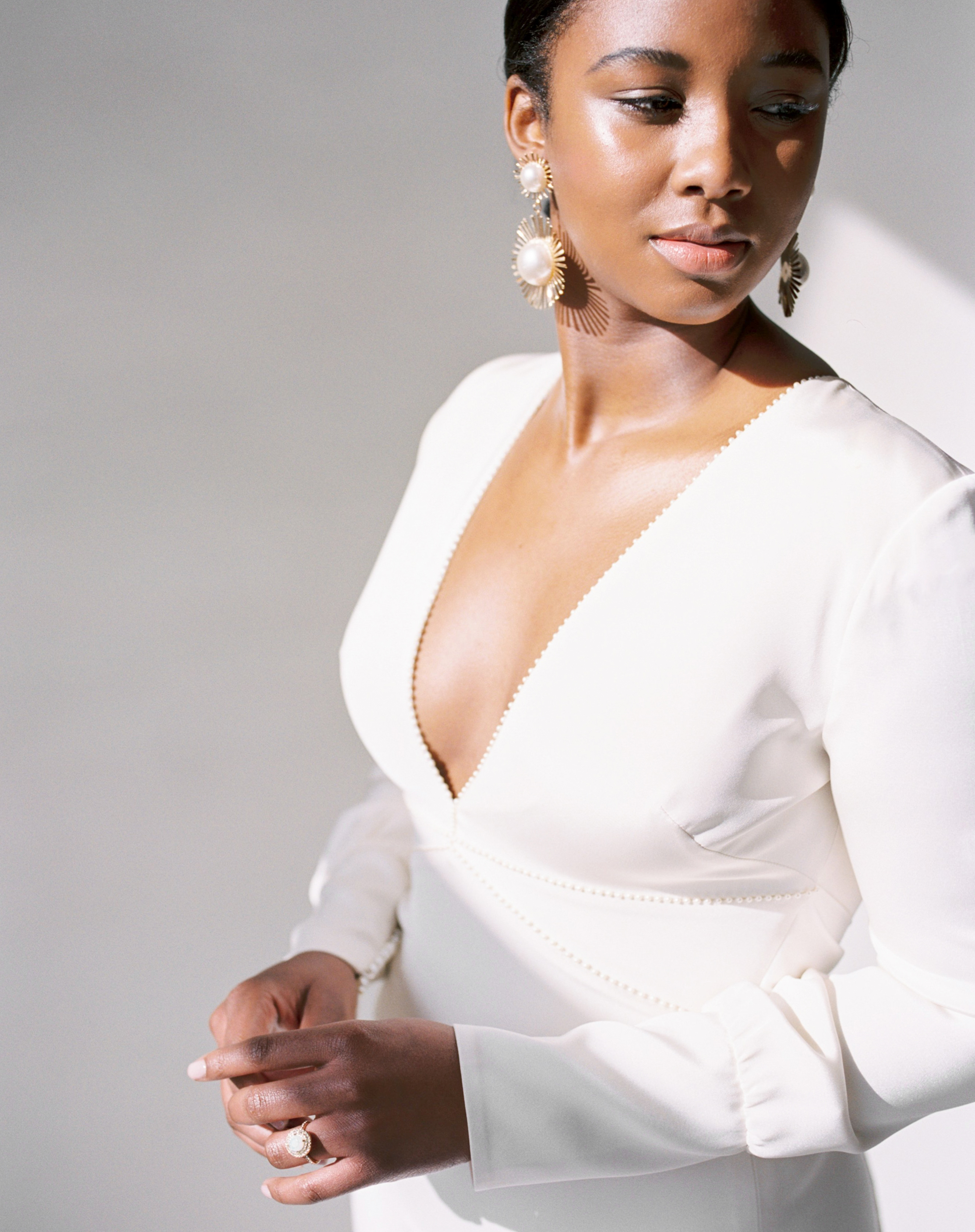
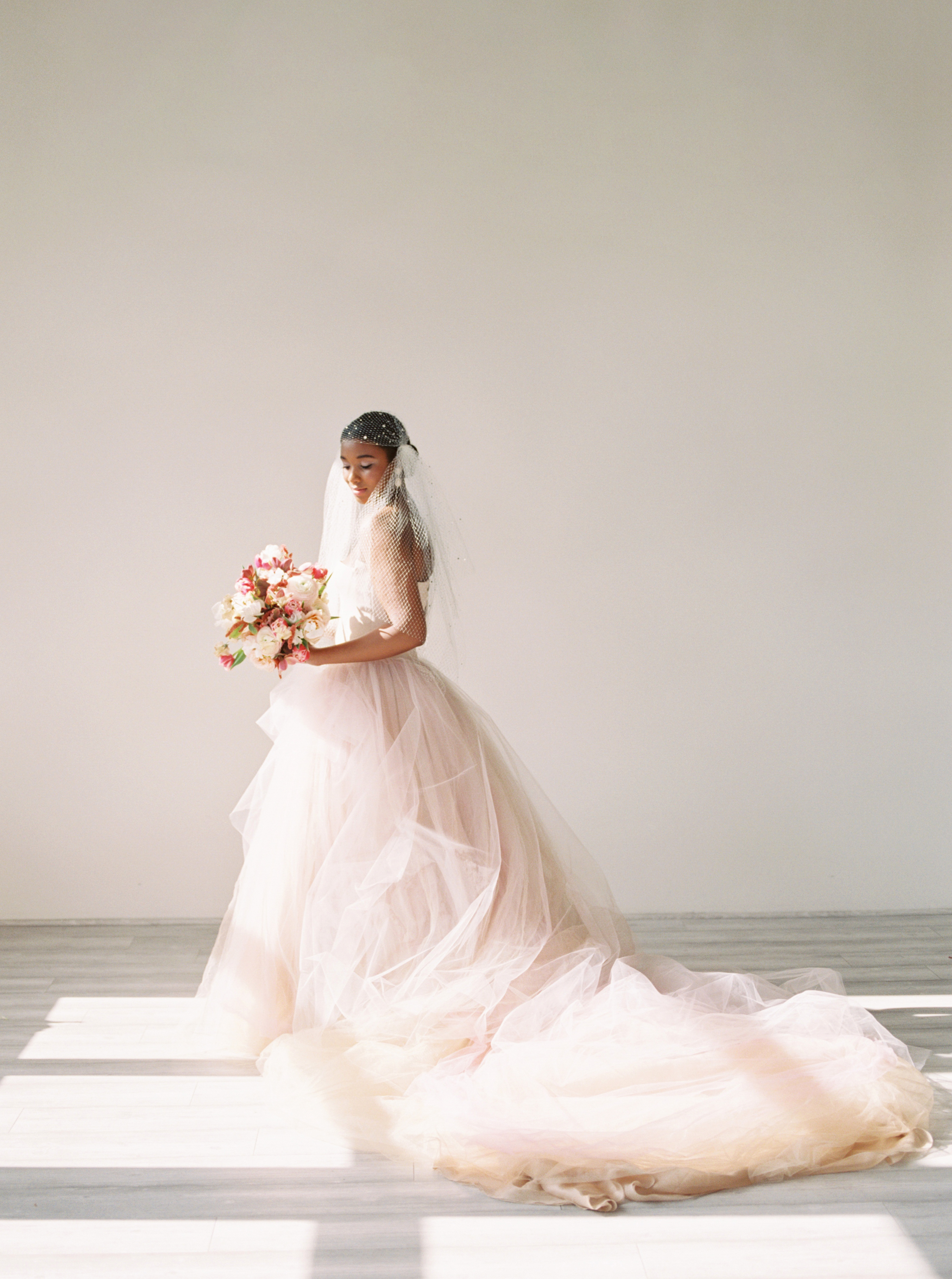
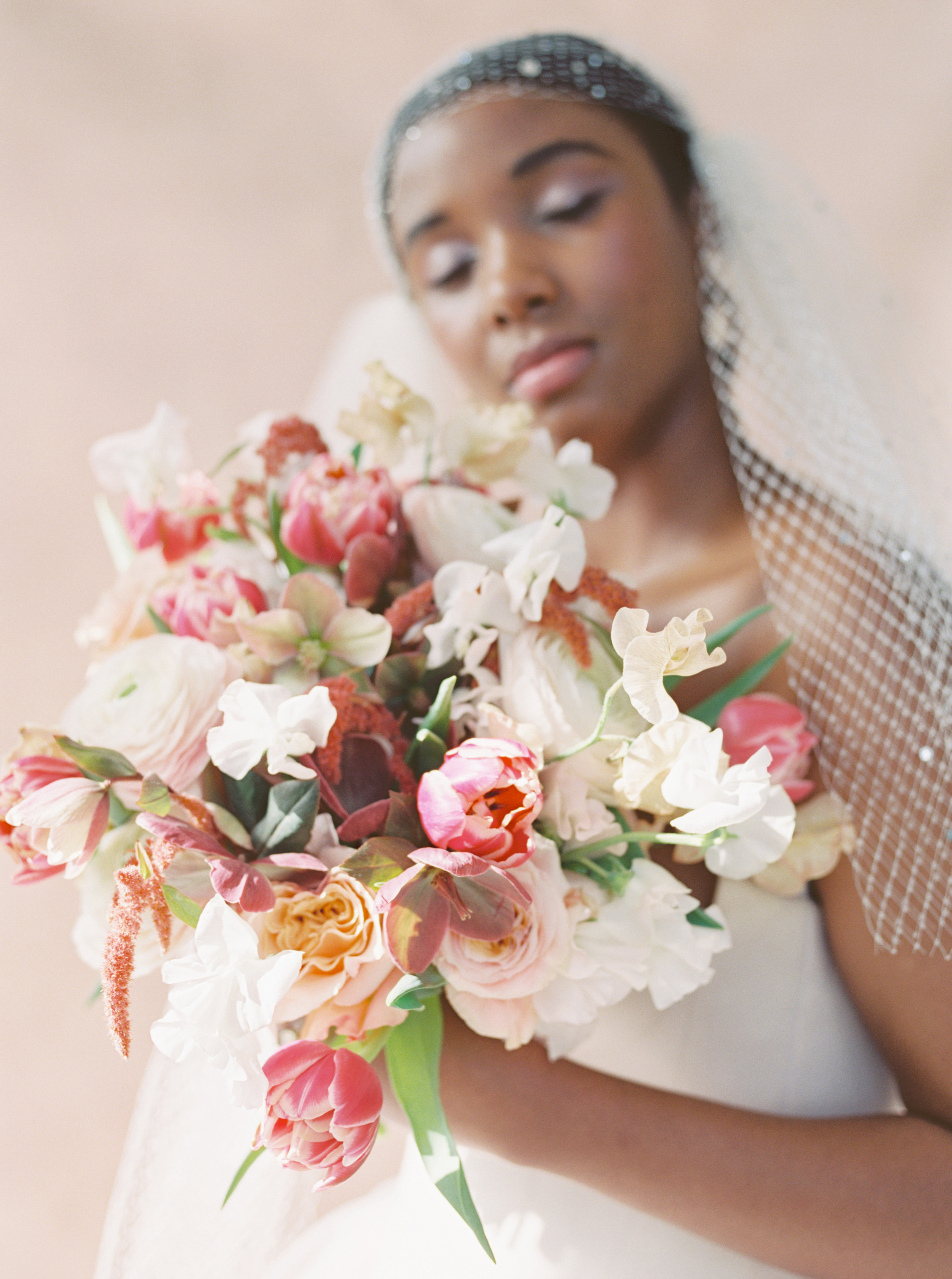
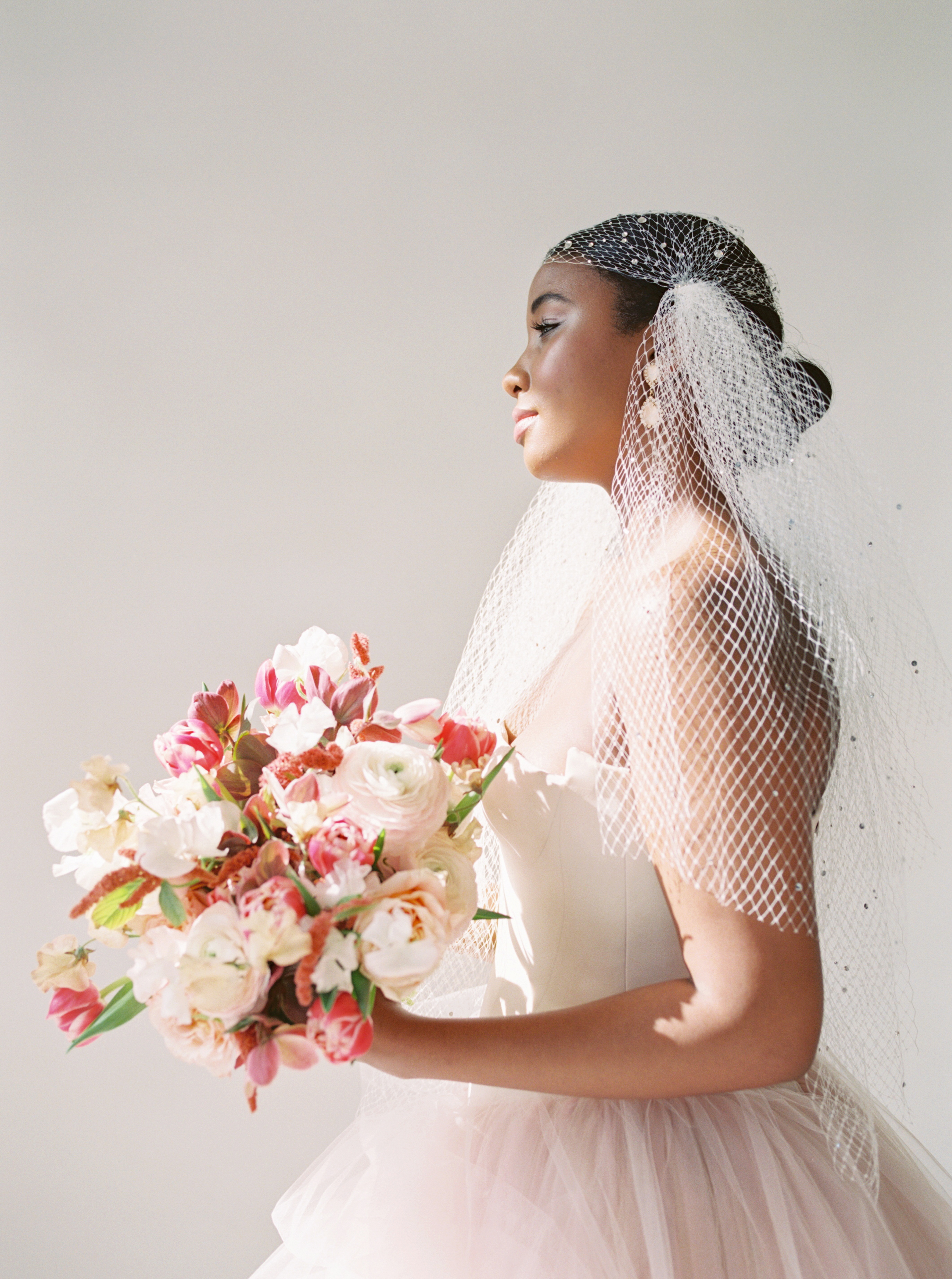


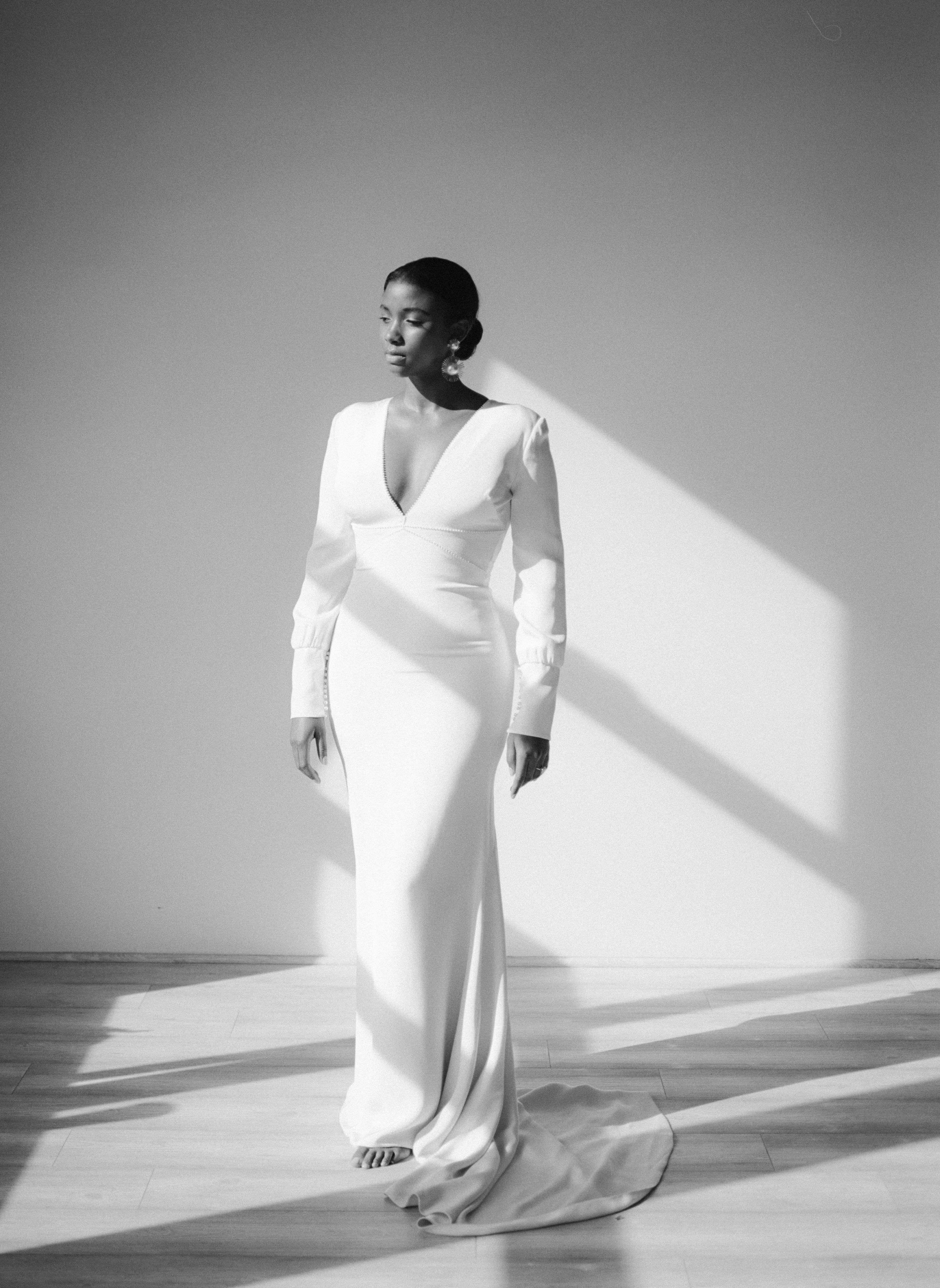
ADD A COMMENT
+ COMMENTS